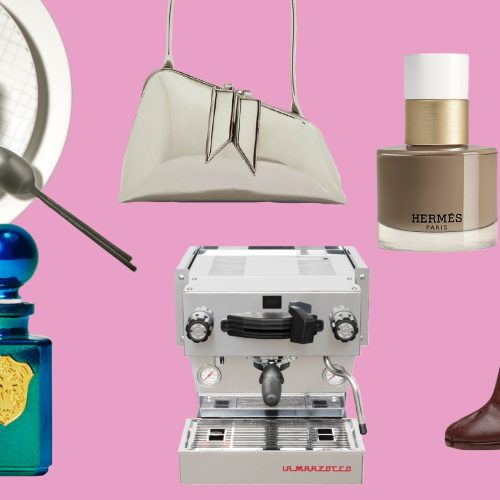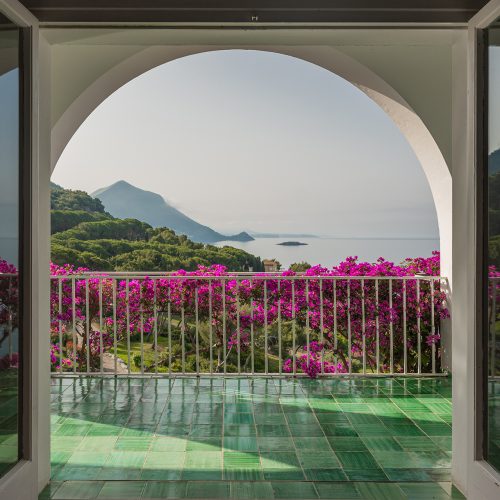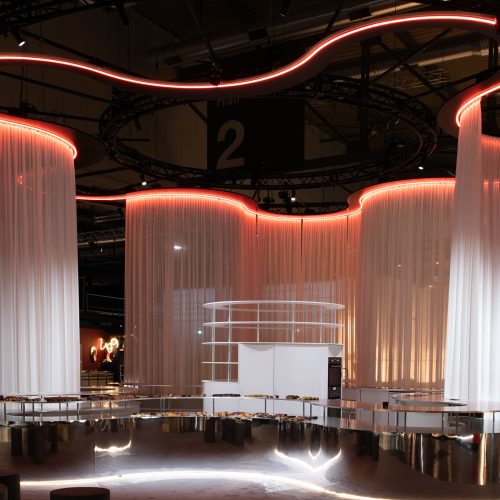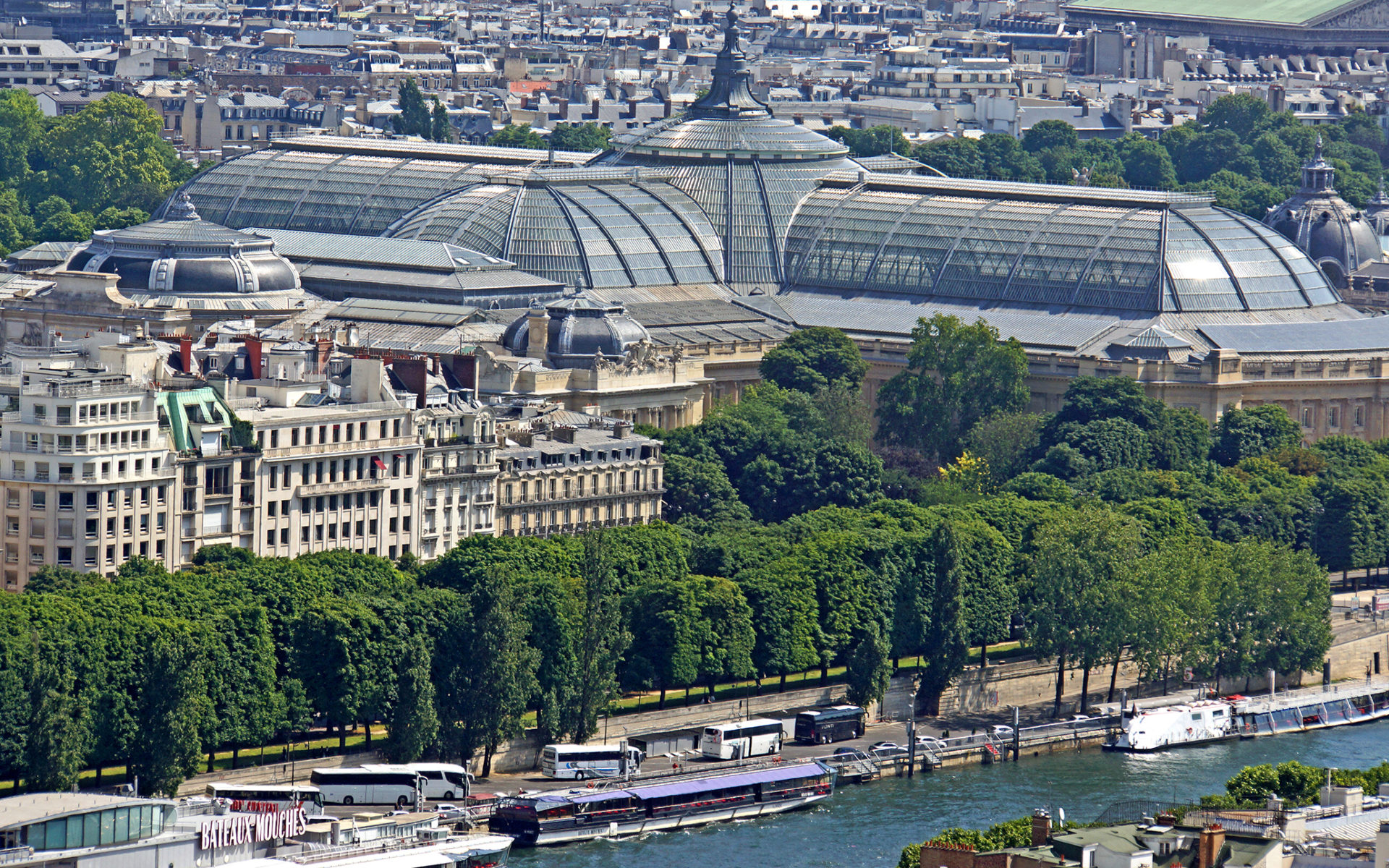

Highlights From the 2017 Biennale Paris
A dispatch from the world’s most elegant antiques fair, which saw a change in direction and an enhanced vetting process
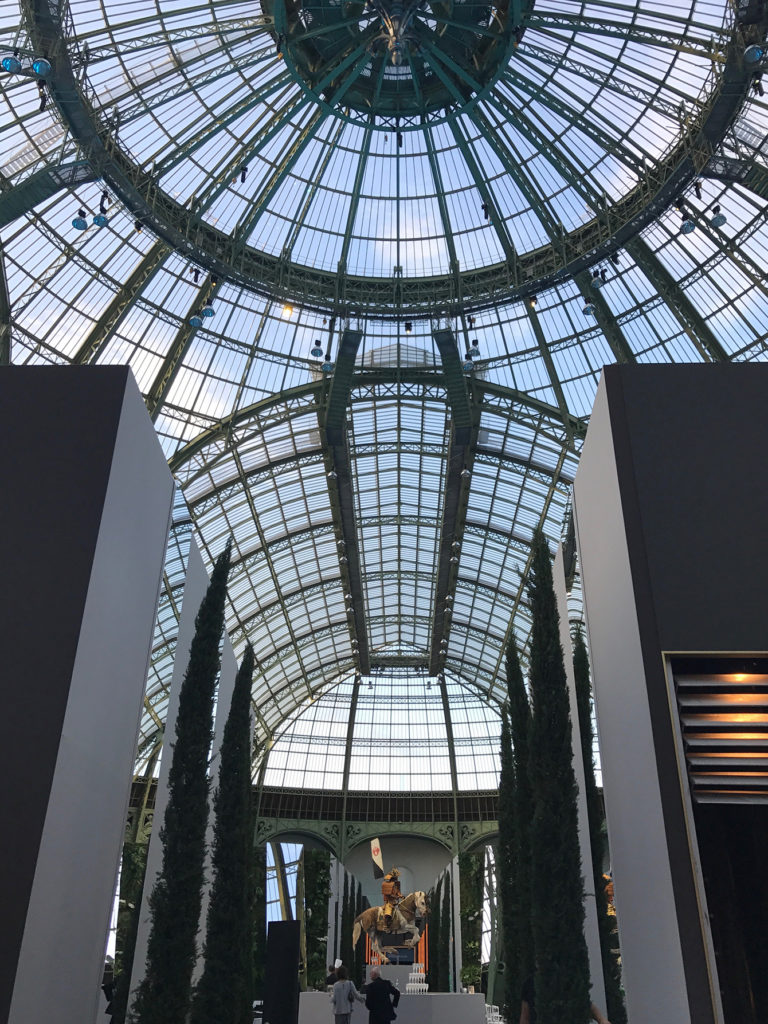
There was some bewilderment when the historic Biennale des Antiquaires changed its name to the Biennale Paris earlier this year and became an annual event. Founded in 1956, the prestigious fair, which takes place under the magnificent glass-vaulted ceiling of the Grand Palais, was for many years unrivaled in its high-end presentation of antiques, objets d’art, and jewelry. But recently it has faced well-publicized problems with its leadership, a forgery scandal, and competition from an increasingly busy calendar of art fairs. So the organizers, the Syndicat National des Antiquaires (SNA), a union of some 400 antiques dealers in France, decided it was time for a revival.
This year’s edition, which runs through September 17, sees a number of changes. Firstly, there are just 94 dealers versus last year’s 125. While known to be a decidedly French affair, there was less international representation this year, and no U.S. participants—something they hope to change with collector Christopher “Kip” Forbes as the new president of the Biennale Commission. But the biggest update—and not as obvious to the average fairgoer—is the rigorous new vetting process.
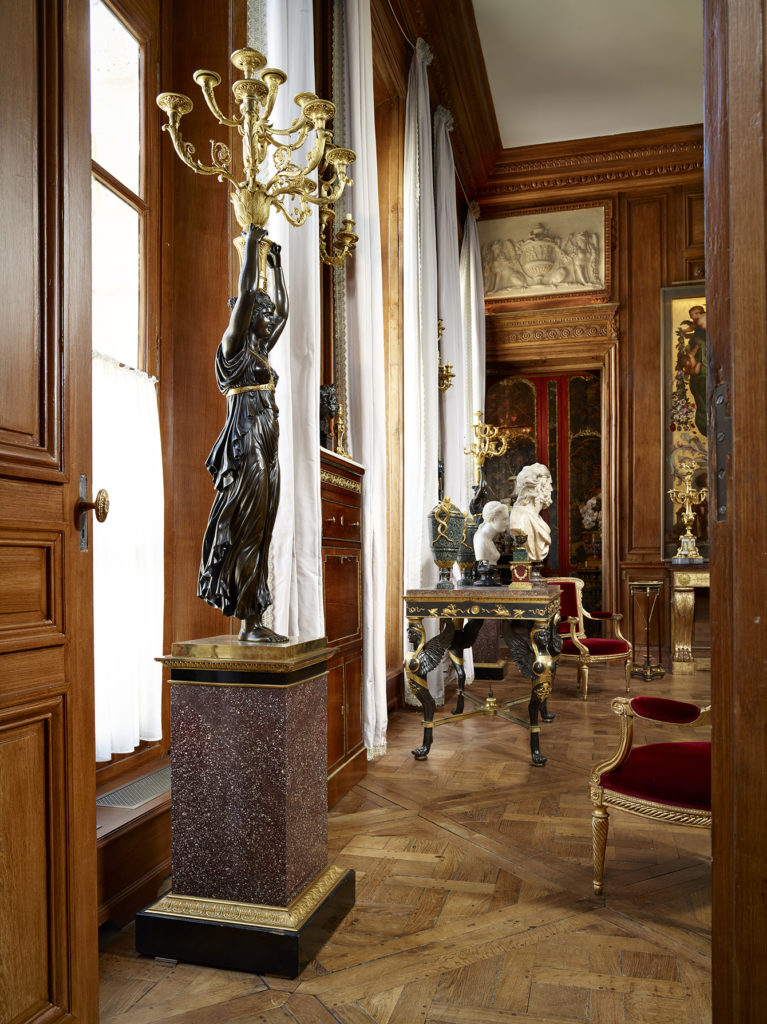
After last year’s scandal, in which a gallery was suspected of selling two fake Louis XV chairs, the SNA no longer has any involvement in the selection process. Instead, an independent committee has been brought on board. François Belfort, the director of the biennale, says, “The art market is asking for more transparency. It was too difficult to ask a gallery to judge whether their direct competitors’ pieces were good or not.” “It is without doubt the strictest vetting process in the world,” says Frédéric Castaing, head of the committee. The thousands of works on display were judged for their authenticity, condition, and “qualité biennale”—the artistic interest or fascinating provenance.
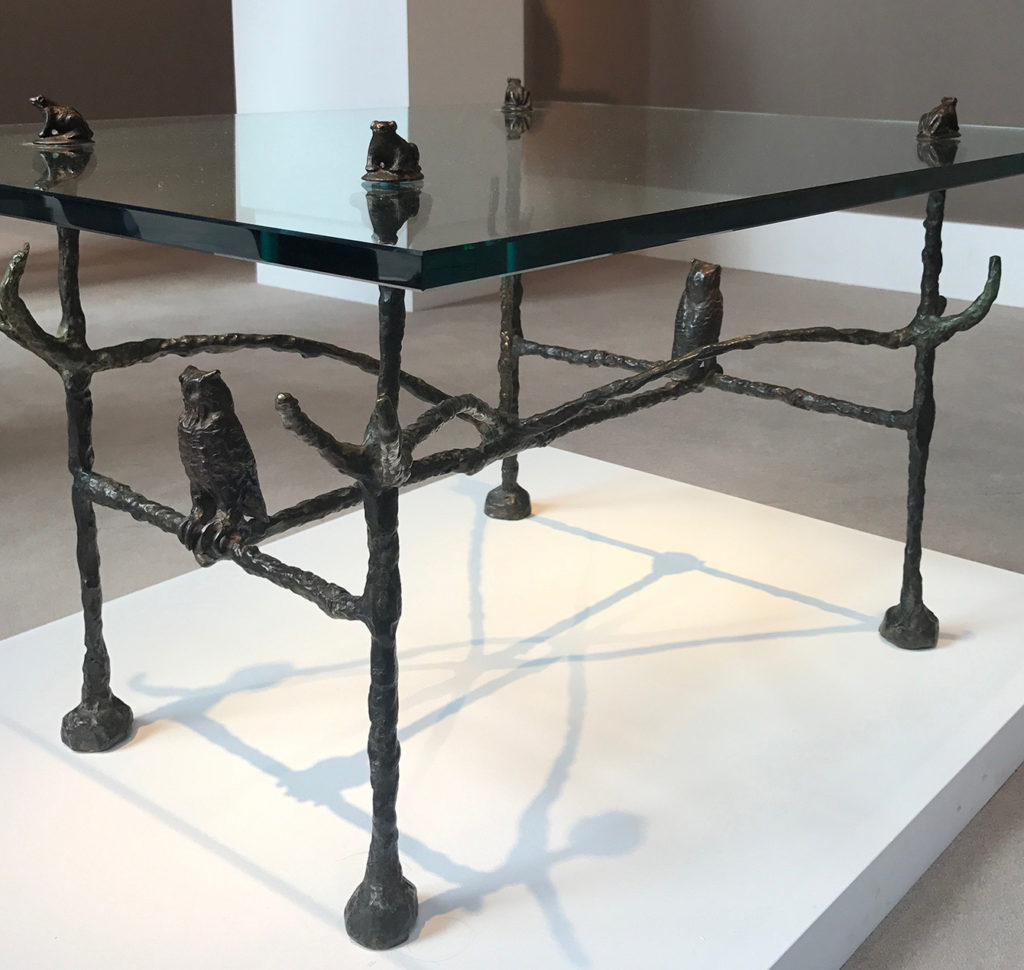
Highlights include a pair of 12-light torchères created between 1805-10 by Pierre-Philippe Thomire in Bernard Steinitz’s Salon-inspired booth. With an asking price of €1.65 million, the rare pieces were once housed in Count Demidoff’s opulent Palazzo San Donato in Florence. An elegant example of 18th-century woodwork is seen in Bernard Molitor’s refined mahogany and ormolu gueridon from the Directoire period on display at Galerie Perrin, which returns to the fair after a six-year hiatus.
Diego Giacometti’s furniture was spotted at a number of stands thanks to the sensational Christie’s sale of his works from fashion designer Hubert de Givenchy‘s collection in March. Matthias Arys Jan, the new president of the SNA and director of Galerie Arys Jan, has a patinated low table with iron owls and frogs from circa 1962 on offer for around €480,000. Galerie Jacques Lacoste is also representing Giacometti with two bronze-and-leather armchairs from circa 1962, acquired directly from the designer.
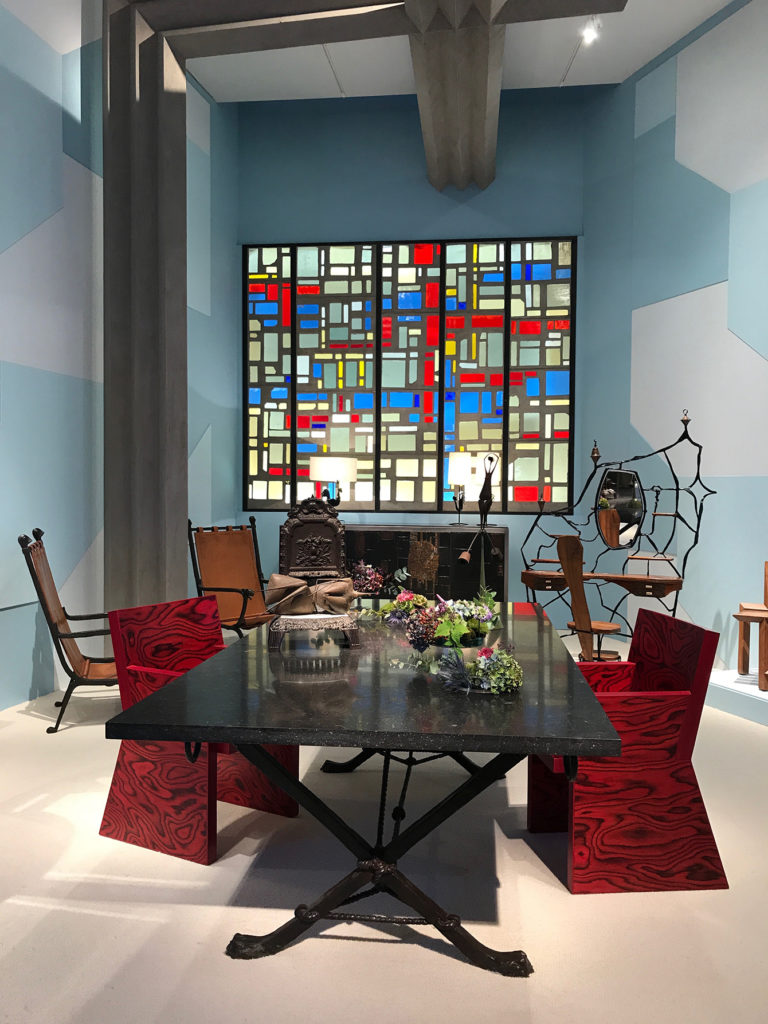
In a nod to its history, Galerie Yves Gastou shows a pair of striking Ettore Sottsass chairs in red aniline-dyed plywood, originally displayed at Sottsass’s first French exhibition. (The master of Memphis created the iconic entrance for Gastou’s gallery on Rue de La Seine in the 1980s.) One of the busiest booths during the vernissage was Galerie Downtown, which is dedicated to the architect Le Coubusier’s artworks. The central focus is a 1987 sculpture titled Ozon Opus I, made in collaboration with Breton woodworker Joseph Savina.
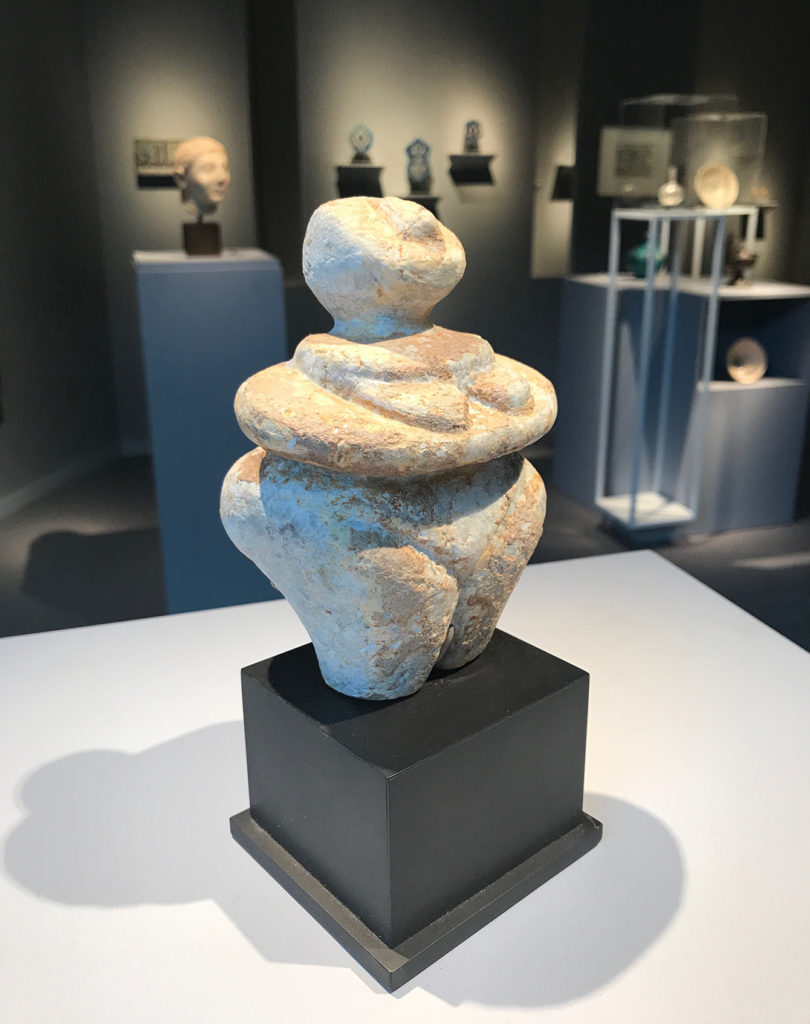
While there was a leaning towards decorative arts, overall, the diverse range is bound to please a variety of tastes. Galerie Chevalier, for instance, presents four gold-threaded Louis XIV–era tapestries once owned by none other than Bill Gates. Additionally, Galerie Delalande, which specializes in scientific and nautical objets, reveals a fascinating architect’s tri-level tool kit from 1768 for €700,000–€800,000, which had already caught the eye of a representative of the Louvre. The fair’s oldest, and perhaps most delightful, piece is an incredibly rare four-inch-tall, 6-5th millenium B.C. Neolithic female statue, at Galerie Kevorkian; the only other known example is in the Metropolitan Museum of Art’s collection. It was sold on the first morning for a few hundred thousand euros.
Unlike the rival European Fine Art Fair (TEFAF) in Maastricht, which successfully merges modern and contemporary art and antiques, the art here was not as prevalent—and not as strong as the other wares. There were a few exceptions, such as Gerhard Richter’s early Abstrakes Bild, from 1984 (for €6.5 million) from new participant Galerie Von Vertes, a duo of unusual Max Ernst works on paper at Galerie Berès, and René Magritte’s 1931 L’Oracle at Boon Art Gallery.
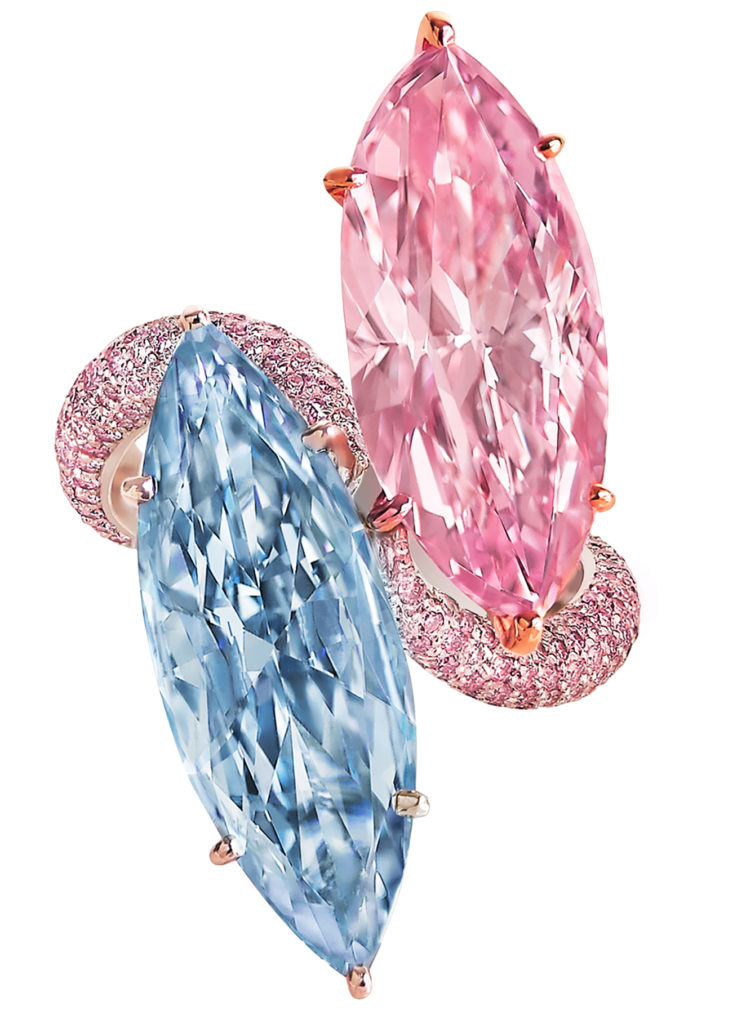
Another departure from last year’s fair is a greater emphasis on jewelry. (The number of exhibitors had been reduced from 14 in 2014 to just four in 2016.) And among the 11 jewelry houses this year, modern construction techniques, artful storytelling, and extraordinary stones were the drawing cards.
The Indian-born diamantaire Nirav Modi returned for the second time and showcased the agility of his new €320,000 Sakura necklace, composed of 100 solitaire diamonds that appear to float when worn. “I don’t want my pieces sitting in a vault,” Modi explains. “My buyers aren’t collectors, they’re wearers.” Legendary London-based Moussaieff, meanwhile, made its debut at the biennale with a breathtaking crossover marquis ring, on which a 4.34-carat natural fancy vivid blue diamond is set with a 6.54-carat natural fancy intense pink, for $20 million—perhaps the most expensive piece on display.
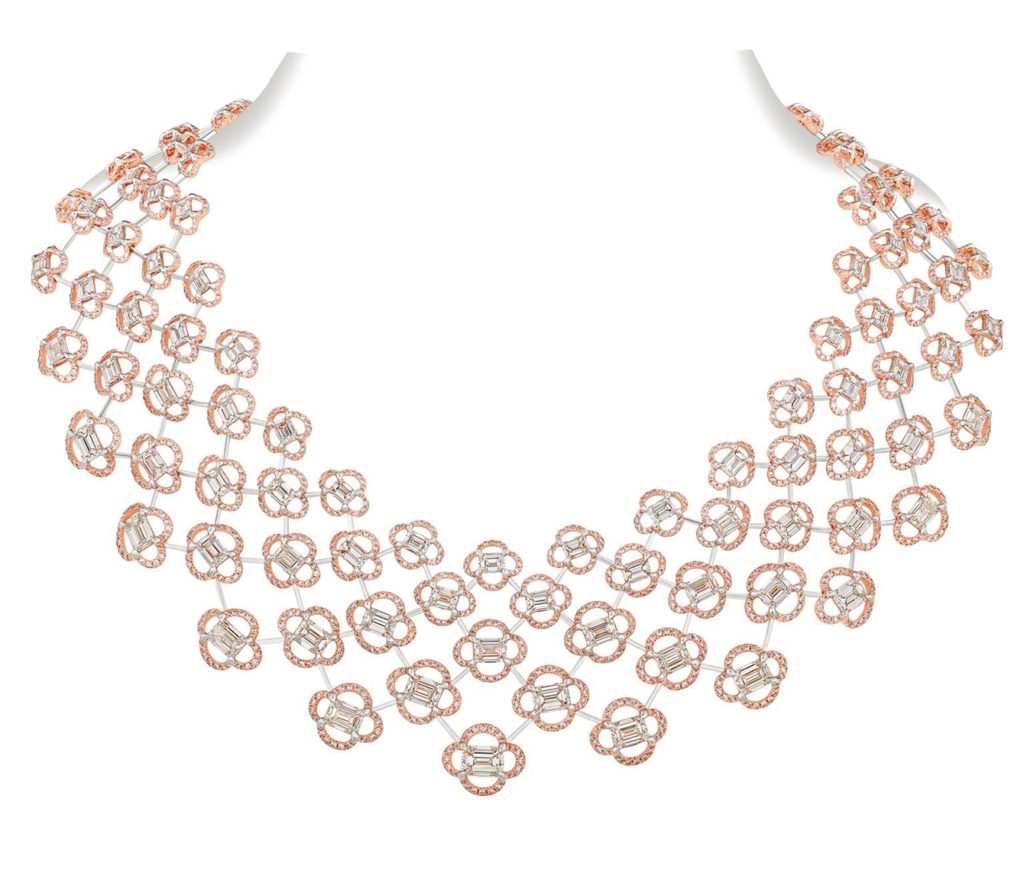
Two Swiss watchmakers also appeared for the first time: F. P. Journe and DeWitt, both known for their traditional craftsmanship and limited-edition numbers (F.P. Journe produces just 900 timepieces a year.)
The world may not lack for art fairs (there are now around 250), but the Biennale Paris’s earnest attempt to modernize coupled with its quintessentially French art de vivre promises a bright future.
La Biennale Paris runs from September 11 through 17 at the Grand Palais on Avenue Winston Churchill, Paris.

